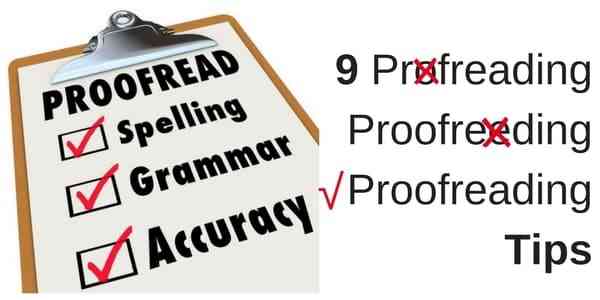In the Pearson Test of English (PTE), the PTE writing section holds significant weight in determining your overall score. Whether you’re aiming for academic or immigration purposes, crafting well-written, error-free essays is crucial for success. One key aspect often overlooked by test-takers is the importance of proofreading and editing. In this blog post, we’ll delve into essential proofreading and editing techniques tailored specifically for the PTE writing tasks, ensuring your essays are polished and free from errors.

Understanding the Importance of Proofreading and Editing:
Proofreading and editing are essential stages in the PTE writing process that can significantly impact the clarity, coherence, and overall quality of your essay. While drafting your essay, it’s natural to focus on generating ideas and organizing your thoughts. However, overlooking errors in grammar, punctuation, spelling, and sentence structure can detract from the effectiveness of your writing and lead to a lower score in the PTE exam. Proofreading and editing serve as the final steps to refine your essay and present your ideas in the best possible light.

Effective Proofreading Techniques:
Take a Break: After completing your essay, take a short break before proofreading. This allows you to approach your writing with a fresh perspective, making it easier to identify errors.
Read Aloud: Reading your essay aloud helps you spot awkward phrasing, grammatical errors, and punctuation mistakes. Pay attention to the flow of your sentences and ensure they sound natural.
Focus on One Aspect at a Time: When proofreading, focus on specific elements such as grammar, punctuation, spelling, or sentence structure. By tackling one aspect at a time, you can thoroughly review your essay for errors.
Use Online Tools: Utilize spelling and grammar checkers, such as Grammarly or ProWritingAid, to catch common mistakes and enhance the clarity of your writing. However, be cautious and use these tools as aids rather than relying solely on them.
Check for Consistency: Ensure consistency in tense, tone, style, and formatting throughout your essay. Inconsistent PTE writing can confuse the reader and weaken your argument.
Effective Editing Techniques:
Evaluate Sentence Structure: Review your sentences for clarity and coherence. Ensure that each sentence is grammatically correct and contributes to the overall flow of your essay. Look for run-on sentences, fragments, and awkward phrasing.
Tighten Your Writing: Eliminate unnecessary words and phrases to improve the clarity and conciseness of your essay. Avoid repetition and redundant information that does not add value to your argument.
Organize Your Ideas: Check the organization and structure of your essay to ensure a logical progression of ideas. Use transition words and phrases to connect paragraphs and guide the reader through your argument.
Check for Cohesion and Coherence: Ensure that your essay flows smoothly from one paragraph to the next. Check for coherence in your arguments and make sure each paragraph contributes to the overall thesis of your essay.
Seek Feedback: If possible, ask a peer, teacher, or tutor to review your essay and provide feedback. Fresh eyes can often catch errors or areas for improvement that you may have overlooked.
In the PTE writing section, proofreading and editing play a crucial role in ensuring your essays are clear, coherent, and error-free. By implementing effective proofreading and editing techniques, you can elevate the quality of your PTE writing and maximize your chances of achieving a high score in the exam. Remember to allocate sufficient time for proofreading and editing in your preparation schedule, as these final touches can make a significant difference in your overall performance. With practice and attention to detail, you can master the art of proofreading and editing, ultimately showcasing your language proficiency and writing skills in the PTE exam.


Leave a Reply